ON THE MARSH NEAR THIS POINT BORAX WAS DISCOVERED IN 1881 BY AARON
 WINTERS WHO LATER SOLD HIS HOLDINGS TO W. T. COLEMAN OF SAN FRANCISCO. IN 1882 COLEMAN BUILT THE HARMONY BORAX WORKS AND COMMISSIONED HIS SUPERINTENDENT J. W. S. PERRY TO DESIGN WAGONS AND LOCATE A SUITABLE ROUTE TO MOJAVE. THE WORK OF GATHERING THE ORE (CALLED COTTONBALL) WAS DONE BY CHINESE WORKMEN. FROM THIS POINT PROCESSED BORAX WAS TRANSPORTED 165 MILES BY TWENTY MULE TEAM TO THE RAILROAD UNTIL 1889.
WINTERS WHO LATER SOLD HIS HOLDINGS TO W. T. COLEMAN OF SAN FRANCISCO. IN 1882 COLEMAN BUILT THE HARMONY BORAX WORKS AND COMMISSIONED HIS SUPERINTENDENT J. W. S. PERRY TO DESIGN WAGONS AND LOCATE A SUITABLE ROUTE TO MOJAVE. THE WORK OF GATHERING THE ORE (CALLED COTTONBALL) WAS DONE BY CHINESE WORKMEN. FROM THIS POINT PROCESSED BORAX WAS TRANSPORTED 165 MILES BY TWENTY MULE TEAM TO THE RAILROAD UNTIL 1889.CALIFORNIA REGISTERED HISTORICAL LANDMARK NO.
 773
773PLAQUE PLACED HERE BY THE CALIFORNIA STATE PARK COMMISSION IN COOPERATION WITH THE DEATH VALLEY '49ERS, INC. AND THE NATIONAL PARK SERVICE NOVEMBER 10, 1962.
Historical Information and Present Day Artifacts
The Old Harmony Borax Works contains an interpretive trail which loops around the site. There are a series of signs which tell the history of what went on at the location.
White Gold Though steeped in legend, the frenzied search for gold and other metals in Death Valley produced few fortunes. Borax, the "White Gold of the Desert," ranks as the valley's most profitable mineral. Harmony Borax Works, in front of you, was one of Death Valley's first borax operations. It operated from 1883-
 1888. The 3/8-mile interpretive trail takes you through Harmony Borax Works.
1888. The 3/8-mile interpretive trail takes you through Harmony Borax Works.Living at Harmony Crude shelters and tents once dotted the flat below you. Chinese workers slept and ate there; other employees lived at what is now Furnace Creek Ranch. This 1892 photo -- taken after the works closed -- shows the borax works in the center of the view and the company village on the flat to the left. The financial problems of owner William T. Coleman and borax discoveries in other parts of California forced the Harmony operation to close in 1888 after five years of operation.
Twenty Mule Teams For more than a century, the 20 Mule Team has been the symbol of the borax industry -- on product labels, in history books, and on television. The status is well-earned; mule teams helped solve the most difficult task that faced Death Valley borax
 operators -- getting the product to market.
operators -- getting the product to market.Refining Borax Workers refined borax by separating the mineral from unwanted mud and salts, a simple but time-consuming process. The Process Workers heated water in the boiling tanks, using an adjacent steam boiler. Winching ore carts up the incline, they dumped the ore into the boiling tanks. Workers added carbonated soda. The borax dissolved, and the lime and mud settled out. They drew off the borax liquid into the cooling vats, where it crystallized on hanging metal rods. Lifting the rods out, they chipped off the now refined crystallized borax. To produce "concentrated" borax, they repeated the process. For later transport, the workers bagged and stored the refined or concentrated borax in a barn that stood behind you.
Borax Borates -- salt minerals -- were deposited
 in ancient lake beds that uplifted and eroded into the yellow Furnace Creek badlands. Water dissolved the borates and carried them to the Death Valley floor, where they recrystallized as borax. Borax -- blacksmiths used it, as have potters, dairy farmers, housewives, meat packers, and even morticians. For centuries humans have exploited borax for many important uses.
in ancient lake beds that uplifted and eroded into the yellow Furnace Creek badlands. Water dissolved the borates and carried them to the Death Valley floor, where they recrystallized as borax. Borax -- blacksmiths used it, as have potters, dairy farmers, housewives, meat packers, and even morticians. For centuries humans have exploited borax for many important uses.Harmony Borax Works San Francisco businessman William T. Coleman built this plant in 1882 to refine the "cottonball" borax found on the nearby salt flats. The high cost of transportation made it necessary to refine the borax here rather than carry both borax and waste to the railroad, 165 miles (265 km) across the desert.
September 2008






































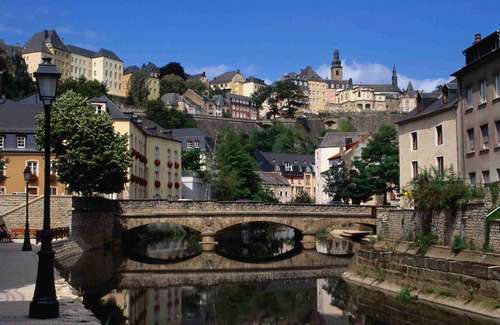



















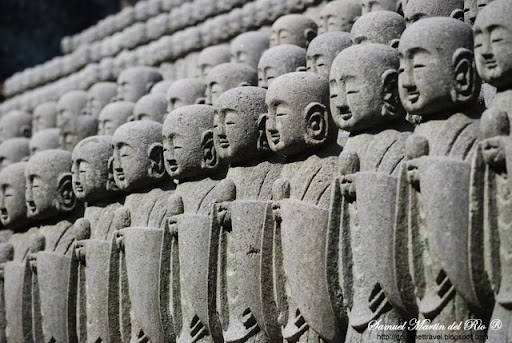











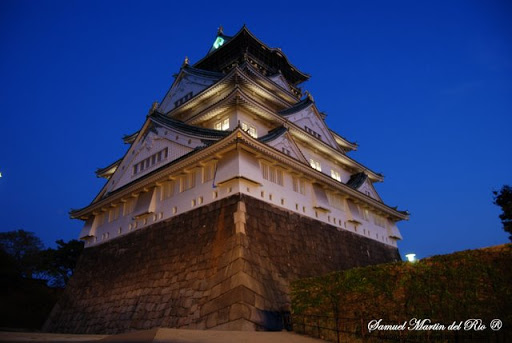
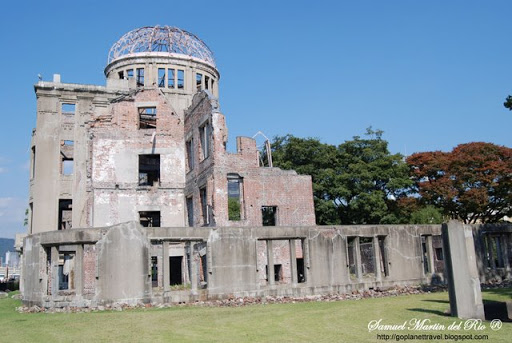







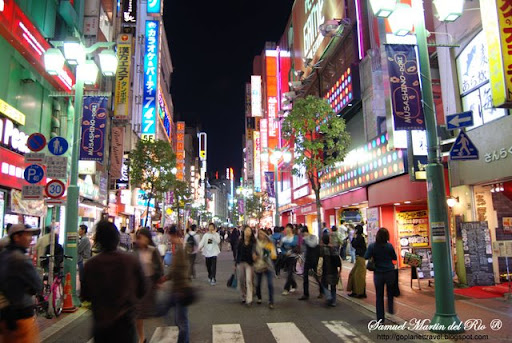



















No comments:
Post a Comment